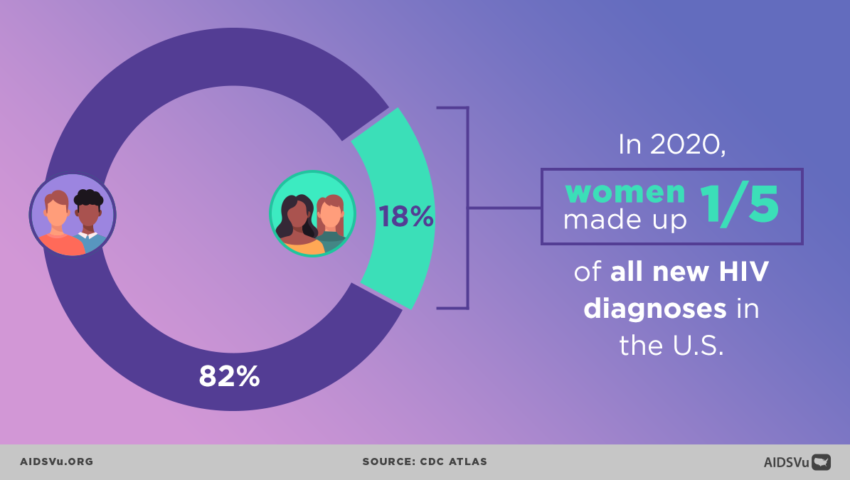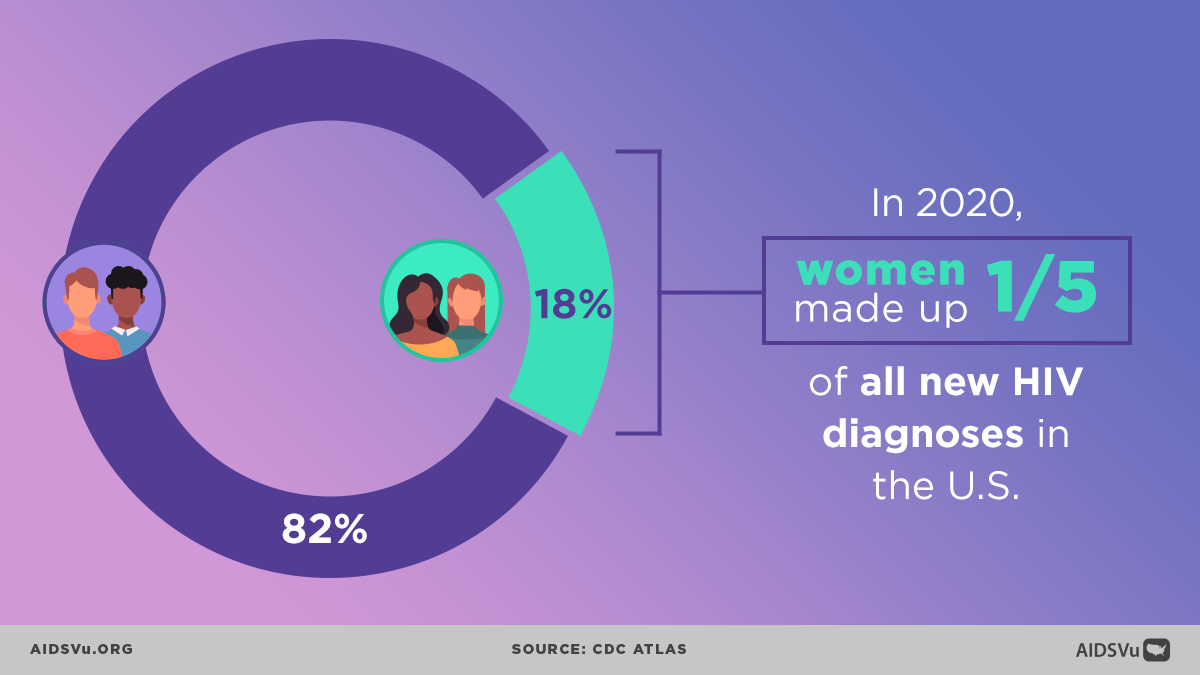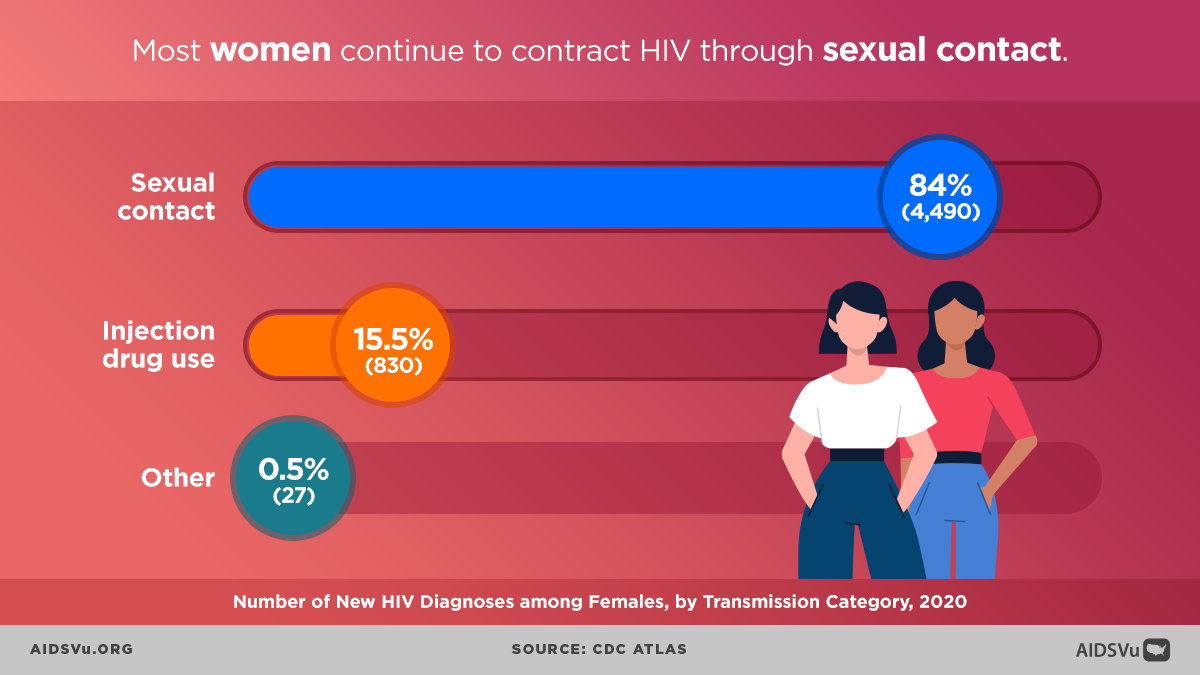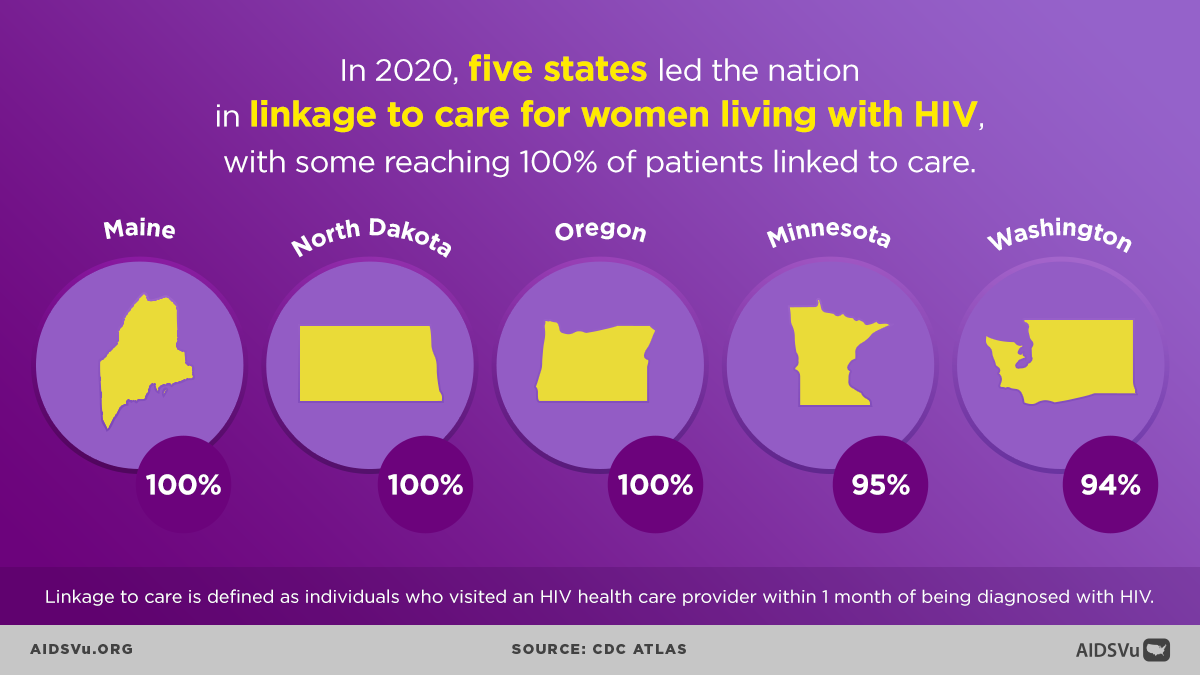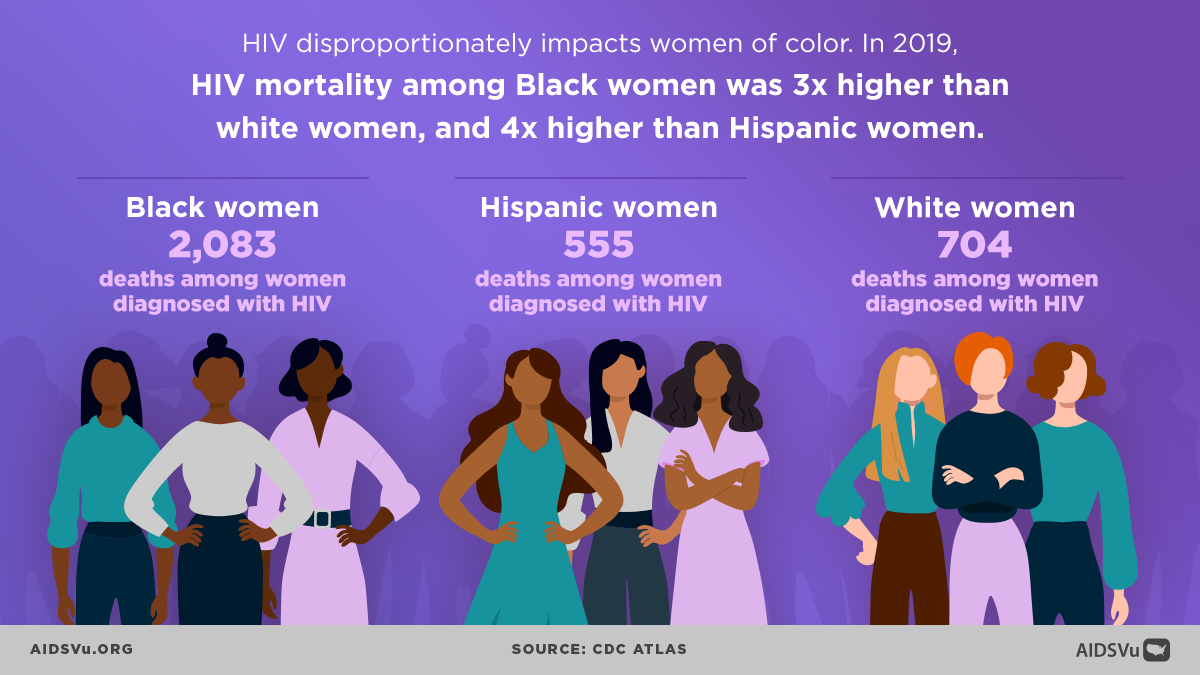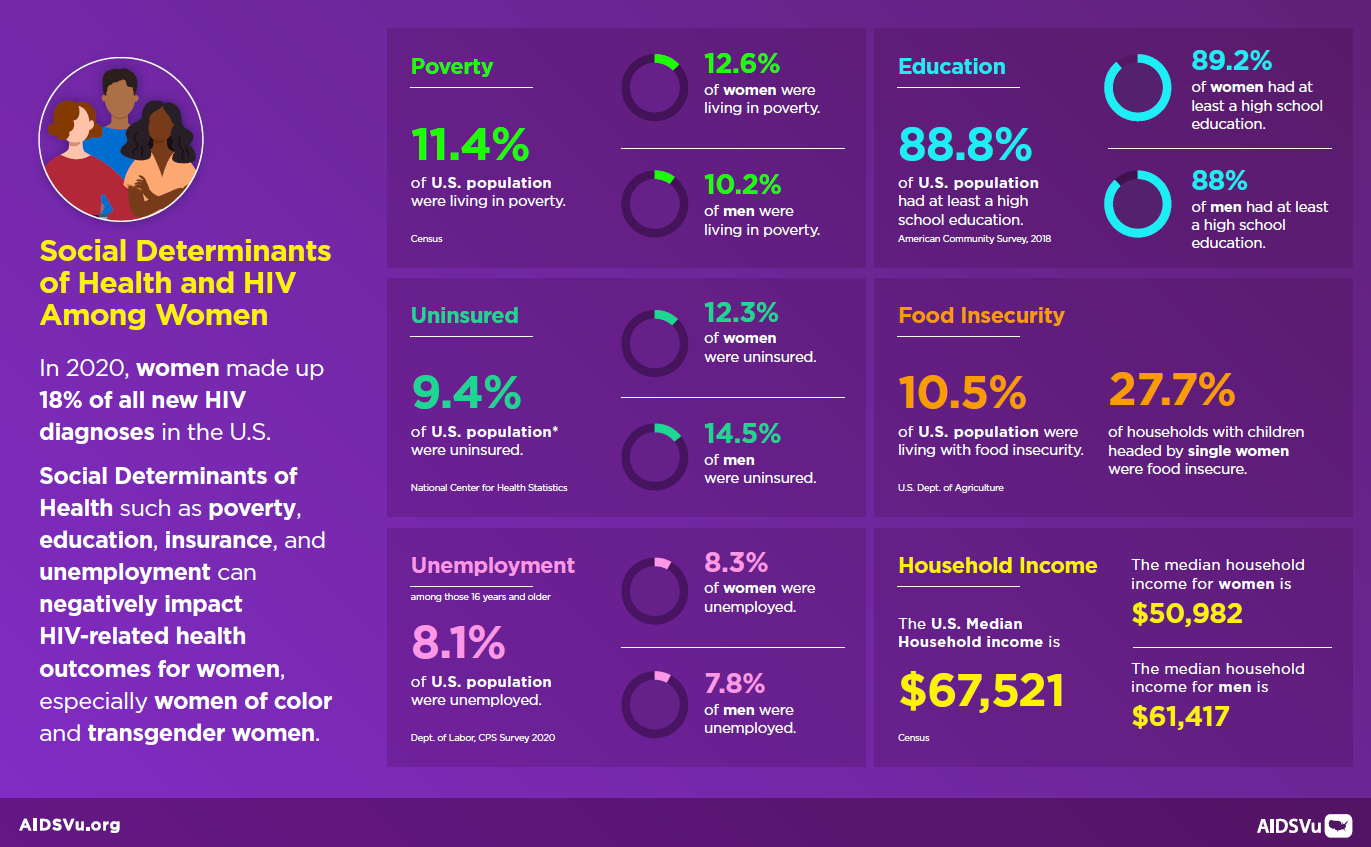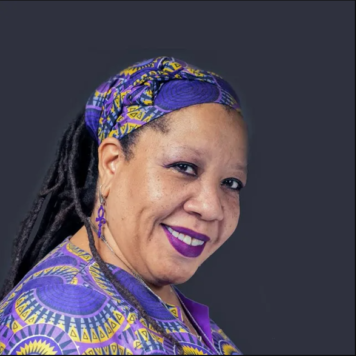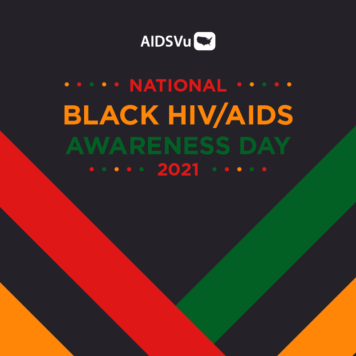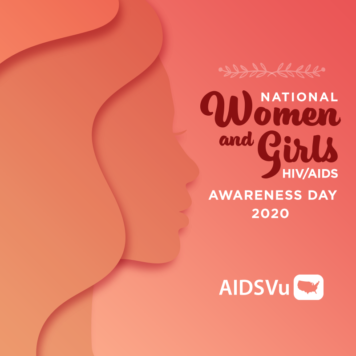On March 10, AIDSVu recognizes National Women & Girls HIV/AIDS Awareness Day (NWGHAAD). This annual event spotlights the impact of HIV on women and girls and the inequities in their access to screening, prevention, and care—especially for women of color—in the U.S. This year we take a closer look at PrEP use among women, which lags significantly behind male PrEP use.
Women of color continue to be disproportionately affected by HIV, though there are signs of improvement.
- In 2020, Black women represented 7% of the population but 10% of all new HIV diagnoses and 55% of all new HIV diagnoses among women.
- In 2020, Hispanic women represented 9% of the U.S. population, accounting for 17% of new diagnoses among women and 3% of all new HIV diagnoses.
- HIV mortality among Black women is 3X higher than it is for white women and 4X that of Hispanic women.
These racial disparities extend to HIV care as well. In 2019, 62% of Black women were virally suppressed, compared to 67% percent of Hispanic/Latina women and 65% of white women.
NWGHAAD also serves as an opportunity to raise awareness about how social determinants of health can affect women’s HIV-related health outcomes. Women continue to trail behind their male counterparts in household income, poverty, and food insecurity, impacting their access to resources and care.
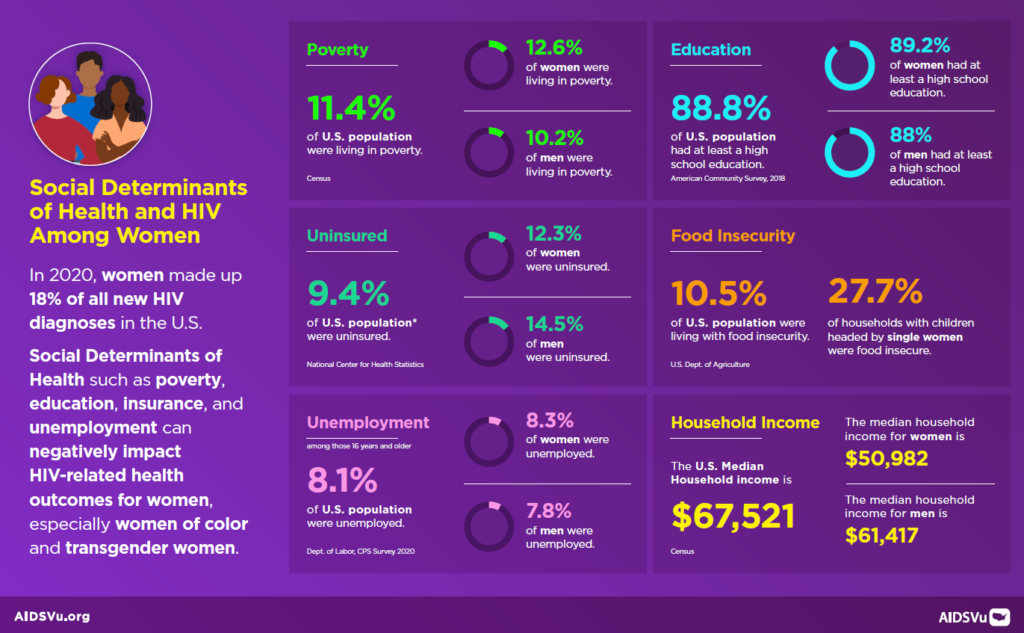
As the nation works towards ending the U.S. HIV epidemic by 2030, we must prioritize women and girls, particularly women of color, in public health planning. This means developing policies and programs that address the social and structural inequalities that pose barriers to HIV testing, prevention, and care for half our population.
To learn more about how the HIV epidemic impacts women and girls, explore these AIDSVu resources:
- Visualize HIV data stratified by sex, age, and race/ethnicity on AIDSVu’s interactive map.
- Explore our local data profiles to learn about HIV/AIDS in your area.
- Find available HIV testing and care services near you with AIDSVu’s service locators.
- View expert-led Q&A blogs to deepen your understanding of HIV/AIDS among women and girls.
- Share our infographics with your networks to raise awareness.

